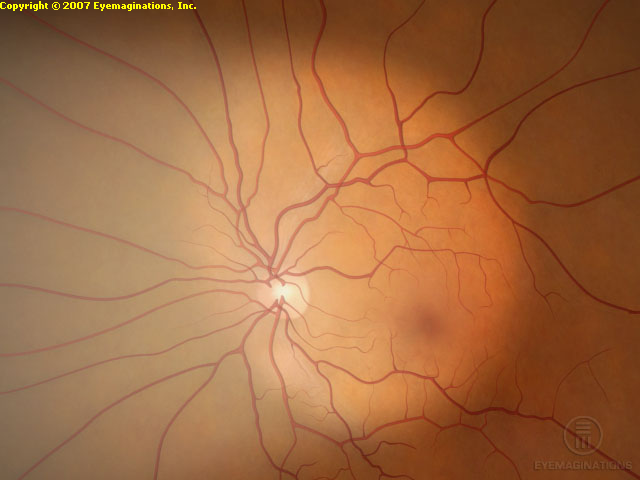Diabetic Retinopathy
Early Detection Of Retinal Disease Is Essential To Preserving Vision
Diabetes can affect the eyes in several ways. When glucose levels are elevated in the blood stream, it makes the blood vessels unhealthy. In the eye, the blood vessels in the retina can leak fluid or the decreased blood flow through the blood vessels can cause new blood vessels to grow. These new blood vessels are unhealthy and can leak and bleed and scar and cause retinal detachments. When diabetes affects the retina, it is called diabetic retinopathy. Diabetic retinopathy is the most common cause of vision loss in people between 20 and 64 years of age.
There are two types of diabetic retinopathy:
The first is called nonproliferative retinopathy with hemorrhages in the retina. Macular edema can occur where fluid leaks out of the blood vessels in the central retina and cause decreased vision.
The second type of diabetic retinopathy is proliferative diabetic retinopathy. In this case, new blood vessels grow that are unhealthy. They can cause bleeding with floaters and decreased vision and can also cause scarring and retinal detachments and severe vision loss. Macular edema may also occur in proliferative diabetic retinopathy.


Treatment for diabetic retinopathy
Fortunately, there are several steps that you can take to lower your risk of developing diabetic retinopathy. Good control of glucose, blood pressure and cholesterol levels reduce the risk of severe vision loss in diabetic retinopathy by 50%. As such, it is very important to control these three factors to the best of your ability to lower the risk of vision loss.
If you develop diabetic macular edema, we usually use injections of an anti-VEGF medication which reduces the leakage of the blood vessels. The current medications that are used include Avastin®, Lucentis® and Eylea®. Although this reduces the leakage of the blood vessels, the effect is temporary and may require multiple injections. Sometimes, injections of steroid medicine can also help reduce the macular edema. Another treatment option can be laser treatment if the fluid is away from the central vision. However, most people who develop macular edema that causes vision loss have fluid underneath the central vision and would require injections in the eye for this.
Treatment for proliferative diabetic retinopathy
If there are abnormal new blood vessels developing in the retina, then treatment is necessary to reduce the risk of vision loss. Laser treatment around the periphery of the retina reduces the risk of future vision loss by 50%. New studies indicate that injections of anti-VEGF medications into the eye (Avastin®, Lucentis® and Eylea®) can also improve the resolution of the abnormal blood vessels and reduce the risk of vision loss. This affect may not be as long lasting as the laser and so we often use both treatments in combination as needed. If the abnormal blood vessels have caused scarring and retinal detachment or severe bleeding which does not improve on its own, then retinal surgery is required. This involves a vitrectomy where instruments are placed into the eye to remove the blood in the vitreous cavity. Other instruments may then be used to gently peel the scar tissue away from the retina. Sometimes an injection of a gas bubble may help flatten the retina and treat the retinal detachment.
In summary, the most important thing that can be done is to control the glucose, blood pressure and cholesterol levels to reduce the risk of development and progression of diabetic retinopathy. It is important to identify diabetic retinopathy early to also initiate treatment early and reduce the risk of further vision loss. As such, dilated eye exams are recommended for people with diabetes annually.
